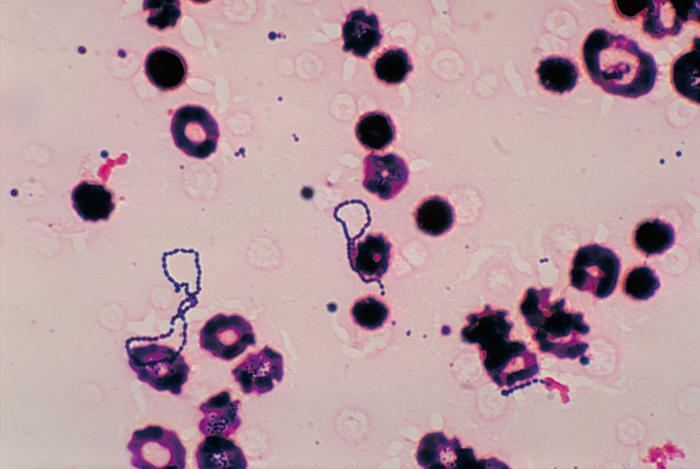Rank Species | Phylum Firmicutes Order Lactobacillales | |
 | ||
Similar Streptococcus vestibularis, Streptococcus sobrinus, Streptococcus pseudopneumoniae, Streptococcus constellatus, Streptococcus anginosus | ||
Overview
Streptococcus ferus is a facultatively anaerobic, gram-positive species of the Streptococcus genus. The species is a member of the Viridans streptococci group which are a large mixed-group of mostly alpha-hemolytic streptococci. The alpha-hemolytic bacteria are ones that exhibit a partial hemolysis with green coloration when grown on sheep blood agar (see image.)
Contents
Ecology
S. ferus was originally isolated from the oral cavity wild rats who were living in sugar cane fields and eating a high sucrose diet The species name ferus, meaning wild, refers to their association with these animals. More recently the strain has also been isolated from the nasal and oral cavities of pigs. The species has not been identified in any other host organisms.
Morphology
S. ferus are gram positive lanceolate coccobacillus Non-motile and approximately 0.5 micrometers in diameter. They are non-sporulating and catalase-negative The majority of specimens test positive for the production of acetoin (Vogues-Proskauer reaction). They occur singly, in pairs or in short chains.
Pathogenicity
S. ferus is commensal in wild rats and pigs and demonstrates a relatively weak cariogenic potential compared to other streptococcus species such as S. mutans S. ferus has not had any reported pathogenic instances in humans.
History
S. ferus was originally proposed as a species in 1977
